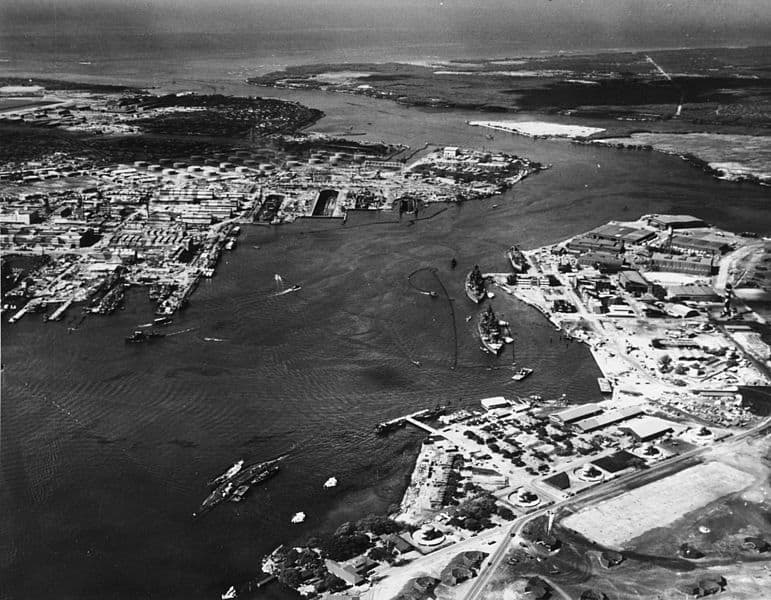
ADVERTISEMENT - CONTINUE READING BELOW
Plan Orange included a defense of the Philippines
War planners in the United States anticipated a Japanese attack on America’s outlying Pacific possessions, including Wake Island, Guam, and possibly Midway Island. The latter was generally considered to be the furthest east the Japanese fleet could steam undetected. The main thrust of a Japanese attack on the United States was believed to be the Philippines. America’s main battle plan was for the garrisons in the Philippines to fight a defensive holding action, while the battlefleet completed its mobilization (peacetime crews were considerably smaller than wartime). Once ready, the battle fleet would steam to the west, engaging their Japanese counterpart in a decisive fleet action. American carrier task forces would conduct hit-and-run raids, nuisance attacks, and provide reconnaissance and air cover for the battlefleet. In late 1941, as it became obvious a Japanese attack was imminent somewhere in the Pacific, the need to reinforce some of the American garrisons emerged.
The Philippines were reinforced with aircraft and troops, though General Douglas MacArthur demanded a minimum of 400,000 men to defend the archipelago. They were not to be had. At the same time, in mid-1941, a decision was made in the event of an attack to withdraw the United States Asiatic Fleet from Cavite and Manila, to bases in Australia. The Navy decided in the fall of 1941 to reinforce the Marine garrisons on Wake Island and Midway Island, anticipating one or both of the advance bases coming under Japanese attack. The reason American aircraft carriers were absent from Pearl Harbor on December 7 is they were on missions to deliver aircraft and supplies to the Marine garrisons. Years later, conspiracy theorists attribute their absence to American foreknowledge of the Japanese attack. In a way, they are correct, though the foreknowledge believed the imminent attack to strike elsewhere.

